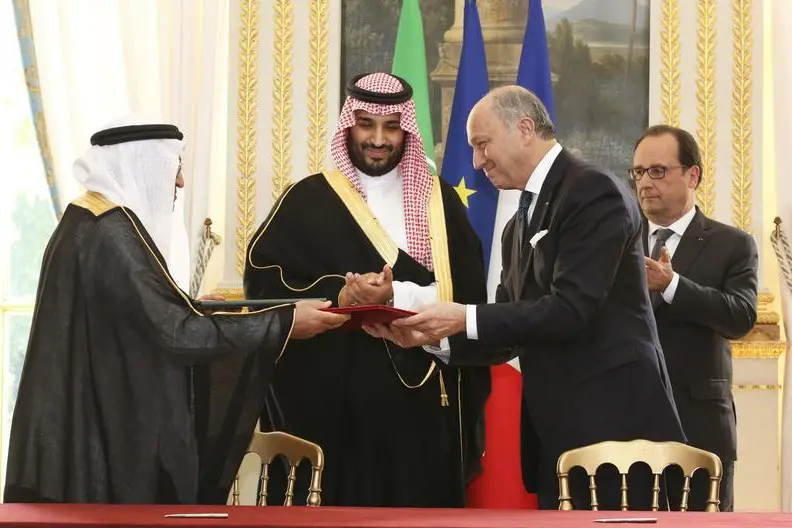PHOTO
JEDDAH: Saudi Arabia is exploring ways to produce energy to achieve sustainable development and protect the global ecosystem.
The Kingdom currently relies heavily on oil and natural gas to meet its electricity needs. According to official estimates, Saudi Arabia expects a 40 percent rise in local electricity demand between 2019 and 2030.
This expected rise in electricity use is due to the rapid growth of urban areas and the Kingdom’s plans to develop a strong manufacturing sector and expand its industrial base as envisioned in Vision 2030.
Such a scenario calls for exploration of alternative methods of electricity generation such as nuclear energy, solar and wind power.
Nuclear power provides 11 percent of the world’s electricity, with 454 nuclear reactors operating in 30 countries and 54 plants under construction — including 11 in China, seven in India, and six in Russia.
The Saudi government announced its nuclear national policy in 2018. It plans for as many as 16 nuclear plants over the next 25 years at a cost of more than $80 billion. The Kingdom plans to meet 15 percent of its growing energy needs from nuclear power by 2032.
The government has also set ambitious goals for renewable energy, such as achieving 27.3 gigawatts of solar and wind power by 2024.
Nuclear energy is not only clean but available around the clock. Renewables such as solar and wind are good energy sources but are dependent on weather conditions, which are not always stable.
The King Abdullah Petroleum Studies and Research Center (KAPSARC) recently published a study calling for the use of small modular reactors (SMRs) in the Kingdom to achieve its Vision 2030 goals.
SMRs are a type of nuclear fission reactor that are smaller than conventional reactors. They are manufactured at a plant and brought to a site to be assembled. These reactors allow for less on-site construction, increased containment efficiency and security of nuclear materials.
“The average capacity of nuclear reactors has grown from 50 megawatts electric (MWe) in the 1950s to around 1.65 gigawatts electric (GWe) today,” according to the study.
The study said the deployment of SMRs in the Kingdom would allow it to use its oil reserves better and meet its increasing domestic energy demand. It would also enable the development of human capital through knowledge transfer and the growth of public and private sector investments through the development of the SMR value chain.
The localization of SMR technology in Saudi Arabia would also offer great economic and developmental benefits toward the realization of Saudi Vision 2030’s targets and goals.
Since the 1950s, nuclear generation technology has transformed and developed. After the three major nuclear accidents — at Three Mile Island, Chernobyl, and Fukushima — nuclear power has become more robust, safer and more secure.
According to KAPSARC, the design of SMRs requires lower initial investment and shorter simplified design construction times compared with large modular reactors (3 years as opposed to 7-10 years), as the unit can be expanded at any time (buying one module and adding others later).
Additionally, the operation of SMRs requires less capital compared with large reactors (LRs). The paper shows that the cost of SMRs is less than that required to fund LRs, which would help to build investor confidence and allow for investment. Additionally, the safety of SMRs is greater than that of LRs.
Copyright: Arab News © 2019 All rights reserved. Provided by SyndiGate Media Inc. (Syndigate.info).












